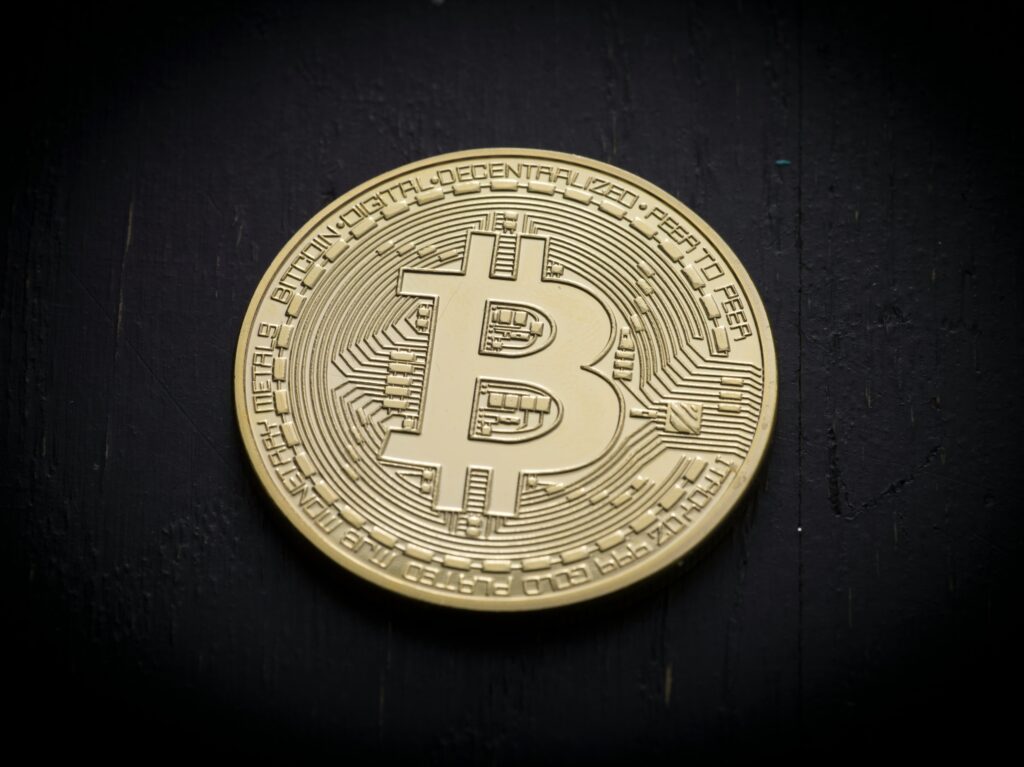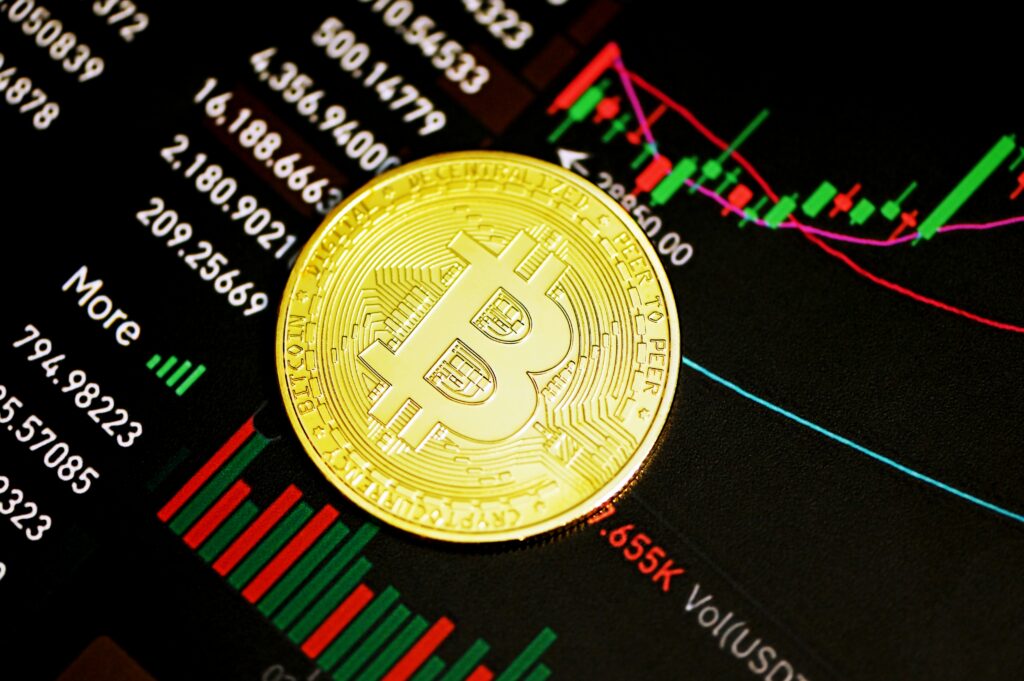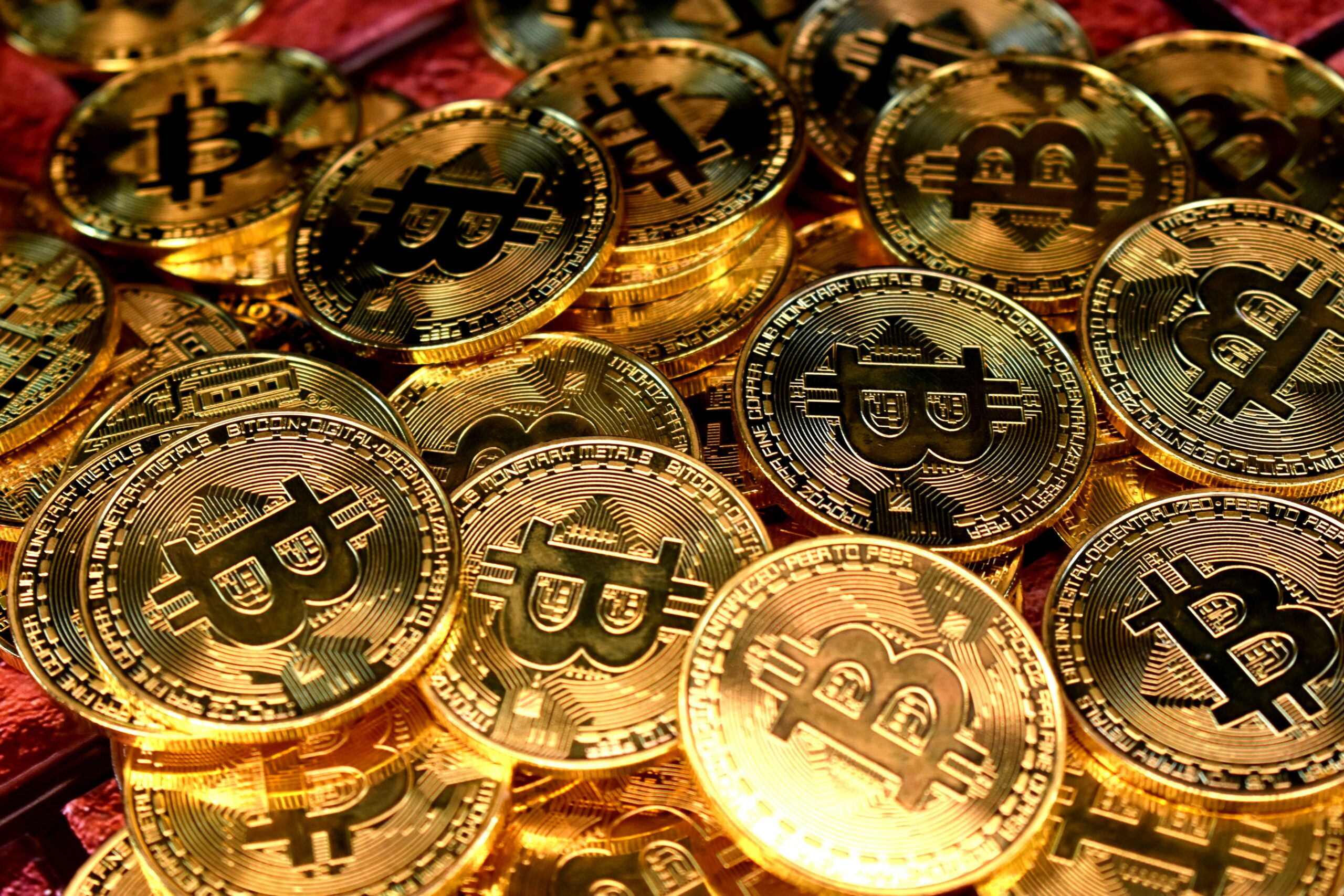In the world of digital currency, peer-to-peer (P2P) networks are the beating heart. These decentralized systems enable people to exchange value directly, without needing a bank or financial intermediary. From cryptocurrency transactions to global payment methods, P2P infrastructure is revolutionizing finance.
As financial institutions, credit card companies, and governments adapt to this evolution, it’s becoming clear that peer-to-peer technology is foundational—not just to Bitcoin, but to the broader cryptocurrency market.
🔗 What Are Peer-to-Peer Networks?
A peer-to-peer network is a system where all participants (or “nodes”) are equal. Instead of relying on a central server or authority, each computer can send and receive information, verify data, and execute actions.
In blockchain technology, this concept is applied to money and financial assets. Every participant helps maintain the distributed ledger, verify cryptocurrency transactions, and secure the system using computing power.
🚀 Origin: Satoshi Nakamoto’s Vision
When Satoshi Nakamoto introduced Bitcoin in 2008, the entire idea was built on peer-to-peer principles. The goal was to create a digital currency that didn’t rely on centralized financial institutions.
Through the Bitcoin whitepaper, Nakamoto envisioned a system that:
- Operates without banks or third parties
- Records every transaction on a public ledger
- Uses cryptographic verification through private key encryption
Today, this framework supports thousands of cryptocurrencies, from Ethereum to newer open source DePIN tokens.

🔧 How Peer-to-Peer Networks Function in Cryptocurrency
Every time someone buys cryptocurrency, sends tokens, or stakes coins, their transaction is broadcasted to a P2P network. Here’s how it works:
- Initiation – The sender uses a private key to sign a transaction.
- Broadcast – The transaction is shared with nearby nodes.
- Validation – Other nodes confirm it using consensus protocols.
- Recording – Once validated, it’s added to the distributed ledger (the blockchain).
This decentralized verification process is what makes cryptocurrency transactions fast, reliable, and censorship-resistant.
🏦 Financial Institutions and the Peer-to-Peer Shift
Traditionally, banks and credit card companies act as intermediaries for all transactions. But in P2P systems, these roles are automated using smart contracts and consensus mechanisms.
Yet, instead of resisting the shift, many financial institutions are embracing it. They are:
- Developing cryptocurrency funds and decentralized wallets
- Using blockchain to verify asset ownership
- Exploring open source payment networks for efficiency
The financial industry now views investing in cryptocurrency as a strategic advantage rather than a risk.
💳 Peer-to-Peer Payment Methods: Beyond Banks
Thanks to the growth of blockchain-based systems, everyday users can now:
- Make instant, low-fee transactions globally
- Avoid currency exchange rates and fiat currency delays
- Use debit card-linked wallets to spend crypto directly
- Settle business payments via peer-to-peer smart contracts
These payment methods are reshaping commerce and disrupting traditional models.

🧠 The Role of Computing Power in Peer-to-Peer Networks
Behind every crypto transaction lies enormous computing power. In proof-of-work systems like Bitcoin, miners compete to solve cryptographic puzzles that confirm blocks of transactions.
In proof-of-stake models, validators are selected based on the amount of cryptocurrency funds they hold and stake.
In both cases, P2P systems:
- Avoid reliance on centralized servers
- Improve network security
- Distribute power and control fairly
This makes blockchain technology not only decentralized but also resilient and democratic.
🌐 Open Source: The Backbone of Innovation
P2P networks thrive because of open source development. This means anyone can contribute to or audit the code behind platforms like Ethereum, Cardano, or Solana.
Benefits include:
- Transparent systems that earn user trust
- Faster evolution and innovation
- Greater accessibility for developers and users
Without open source, the cryptocurrency revolution would not exist.
🔐 Security Through Private Key Technology
The security of cryptocurrency transactions in P2P networks relies on private key cryptography. Every wallet has a private key (secret) and a public key (address).
Only the private key can sign transactions, ensuring only the rightful owner can spend the funds. This reduces fraud, removes dependence on credit cards, and enables truly autonomous finance.
📉 Limitations and Risks of Peer-to-Peer Networks
Despite their power, P2P systems face challenges:
- Scalability – More users can mean slower transaction times
- User error – Lost private keys mean lost funds
- Regulation – Governments are still figuring out how to oversee them
Still, these issues are being tackled by improved protocols, sidechains, and education.
🧭 Future of Peer-to-Peer in Cryptocurrency
As financial institutions further integrate blockchain, the cryptocurrency market will see even greater adoption.
Peer-to-peer systems are anticipated to:
- Power DePIN networks, such as Filecoin and Helium
- Be applied to alternatives to fiat currency and cross-border aid
- Replace a number of credit card companies‘ roles
- serve as the foundation for digital ID systems and CBDCs.
The market for cryptocurrencies will grow even more as financial institutions continue to incorporate blockchain technology.
Final Thoughts
Peer-to-peer networks are the foundation of modern cryptocurrency. They remove barriers, empower users, and ensure secure, fast, and fair cryptocurrency transactions without relying on banks or centralized entities.
P2P systems are here to stay, thanks to secure payment methods, blockchain technology, and processing power. The future is decentralized, and you are driving it, whether your goal is to purchase cryptocurrency, receive rewards, or develop on open source platforms.
Q1: What is a peer-to-peer network in cryptocurrency?
It’s a decentralized system where users can exchange value and verify transactions without banks or third parties.
Q2: How secure are peer-to-peer transactions?
Very secure—they’re backed by blockchain technology and protected using private key cryptography.
Q3: Can I use debit or credit cards with crypto?
Yes, many wallets now support debit card features and link with credit card companies for rewards.
Q4: Why are financial institutions interested in peer-to-peer systems?
They reduce cost, speed up transactions, and offer access to new markets with less reliance on traditional infrastructure.
READ ALSO : Top DePIN Projects in Cryptocurrency for 2025
